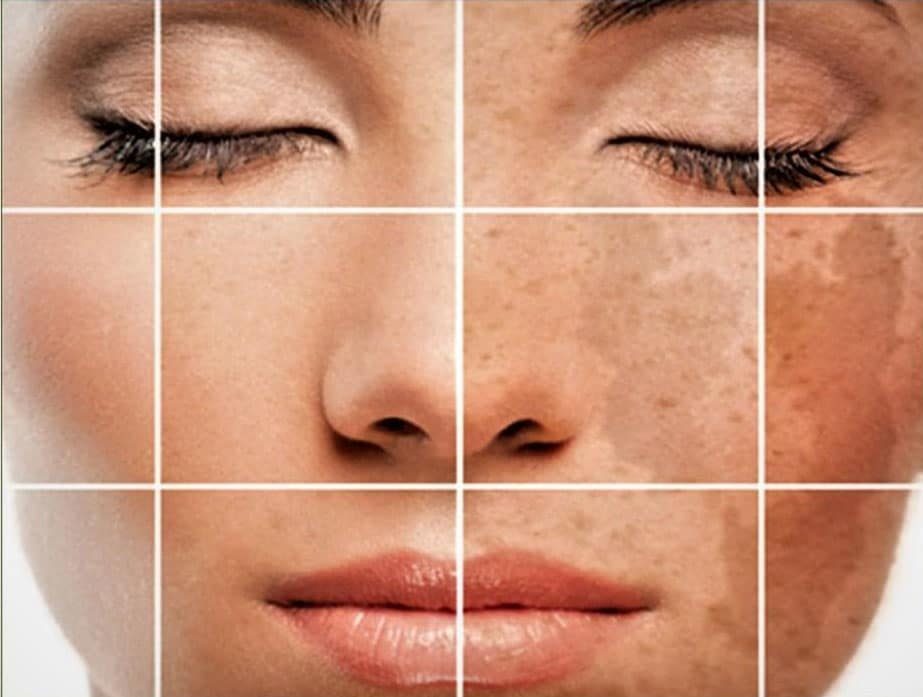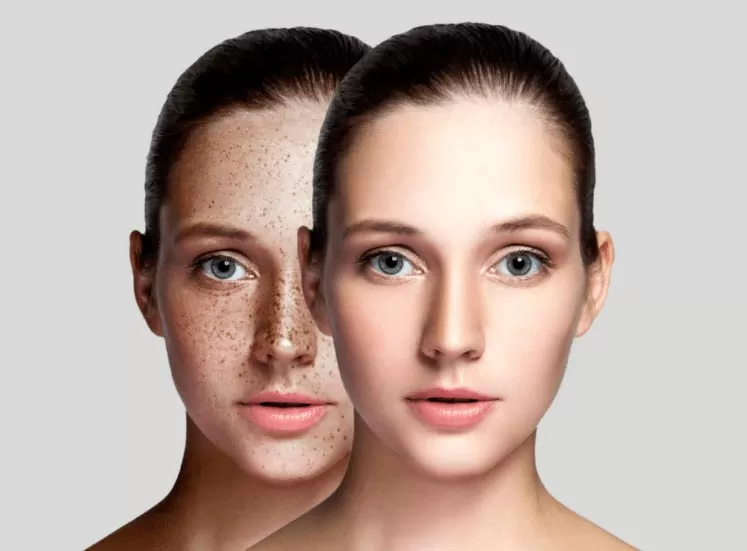Why Is Diffuse Pigmentation So Difficult to Treat?
Diffuse Pigmentation is a condition that affects many people, causing areas of darker skin due to excess melanin. Unfortunately, this condition can be incredibly difficult to treat. Despite advances in medical technology, the wide spread nature of Diffuse Pigmentation can make it difficult to address effectively. In this blog post, we will explore why Diffuse Pigmentation is so difficult to treat and discuss possible treatment options.

What is diffuse pigmentation?
Diffuse pigmentation is an umbrella term that covers all forms of skin discoloration caused by an excess of melanin. It can range from light patches of brown discoloration to very dark, deep and widespread patches of pigmentation. Commonly found on the face, arms and legs, diffuse pigmentation can occur anywhere on the body. The color of the pigmentation can range from yellow, brown, black, or even purple and blue shades. In some cases, the pigmentation can be so severe that it covers a large area of the skin. Diffuse pigmentation is often caused by sun exposure, hormonal imbalances, trauma to the skin, and certain medical conditions. While it is not dangerous, it can be very difficult to treat, as it can spread if left untreated.
Causes of diffuse pigmentation
Diffuse Pigmentation can be caused by a variety of different factors, including sun exposure, genetics, hormonal changes, and certain medications. Sun exposure is one of the most common causes of Diffuse Pigmentation, as melanin production increases when skin is exposed to sunlight, resulting in darker patches of skin. Genetics can also play a role, as certain individuals are more prone to developing Diffuse Pigmentation than others. Hormonal changes, such as during pregnancy or menopause, can trigger increased production of melanin, resulting in darkened patches of skin. Certain medications can also cause pigmentation problems.
Treatment options
When it comes to treating diffuse pigmentation, it is important to understand that no one-size-fits-all solution exists. Different treatment options are available, depending on the type, severity, and cause of the pigmentation. Generally speaking, treatments for diffuse pigmentation include topical creams, laser treatments, chemical peels, and microneedling.
Topical creams: Some topical creams can be used to lighten areas of darker pigmentation. These creams usually contain active ingredients like hydroquinone and retinoid that help to reduce melanin production and fade dark spots. However, they do not always work for diffuse pigmentation and may need to be used in combination with other treatments.
Laser treatments: Laser treatments use concentrated light energy to target areas of darker pigmentation. The light energy damages the melanin cells and causes them to break down, reducing their impact on the skin’s color. It can take multiple laser treatments to achieve desired results, but it is often more effective than topical creams for treating diffuse pigmentation.
Chemical peels: Chemical peels are a type of exfoliation treatment that removes dead skin cells from the surface of the skin. By removing dead cells, chemical peels help to reduce the appearance of discoloration and even out skin tone. It is important to note that chemical peels are not recommended for all cases of diffuse pigmentation and should be done only under the supervision of a dermatologist or skincare professional.
Microneedling: Microneedling is a form of collagen induction therapy (CIT). During a microneedling session, a device is used to make tiny punctures in the skin. This stimulates the production of new collagen and helps to reduce the appearance of discoloration. Additionally, many serums can be applied after a microneedling session to further reduce the visibility of diffuse pigmentation.
Prevention
The best way to prevent diffuse pigmentation is to be mindful of your lifestyle and environmental factors. Wear sunscreen daily, even if you are not going outside. Ultraviolet radiation from the sun can accelerate the production of melanin, resulting in dark patches of skin. Additionally, it is important to watch for any changes in skin color and address them immediately by consulting a medical professional. It is also important to avoid certain cosmetics that may contain harmful ingredients, as well as avoiding prolonged exposure to extreme temperatures. Keeping skin hydrated with moisturizers can also help reduce the appearance of diffuse pigmentation. Lastly, ensuring that you are consuming a healthy and balanced diet will help support skin health and reduce the chance of developing diffuse pigmentation.
What are the three types of pigmentation?
1. Diffuse Pigmentation – This type of pigmentation covers a specified area of the skin, typically appearing in patches. It is caused by the overproduction of melanin, and can range from light brown to black in color.
2. Freckles – Freckles are small, light brown spots that typically appear on fair skin and are due to sun exposure.
3. Melasma – Melasma is a more severe form of pigmentation, resulting in dark patches of skin typically found on the face. It is often caused by pregnancy, birth control pills, hormone therapy, or long-term sun exposure.

If you want more utilization you can use the following links:
What causes pigmentation to spread?
Diffuse pigmentation is caused by an increase in melanin production, which can be due to genetics or due to external factors such as sun exposure. Other causes of pigmentation spreading include hormonal changes, such as pregnancy or the use of certain medications, as well as skin damage from laser treatments, microdermabrasion, and chemical peels. Diffuse pigmentation is often difficult to treat because the melanin has already been deposited in the skin. Treatment options may include topical creams or ointments to lighten the areas, and laser or chemical peel treatments to remove the excess pigment. However, it is important to be aware that these treatments will not eliminate the cause of the pigmentation, but can help reduce its appearance.
What foods reduce pigmentation?
Eating certain foods can help reduce the appearance of diffuse pigmentation. Foods rich in antioxidants, such as blueberries, strawberries, spinach, and kale, are great for keeping skin looking bright and healthy. Additionally, incorporating foods with high levels of Vitamin C such as citrus fruits and bell peppers can help even out the appearance of diffuse pigmentation. Omega-3 fatty acids from sources like salmon and tuna are also great for reducing inflammation, which can help lighten dark spots on the skin. Finally, adding more zinc-rich foods to your diet, such as pumpkin seeds and chickpeas, can help reduce the intensity of diffuse pigmentation.

